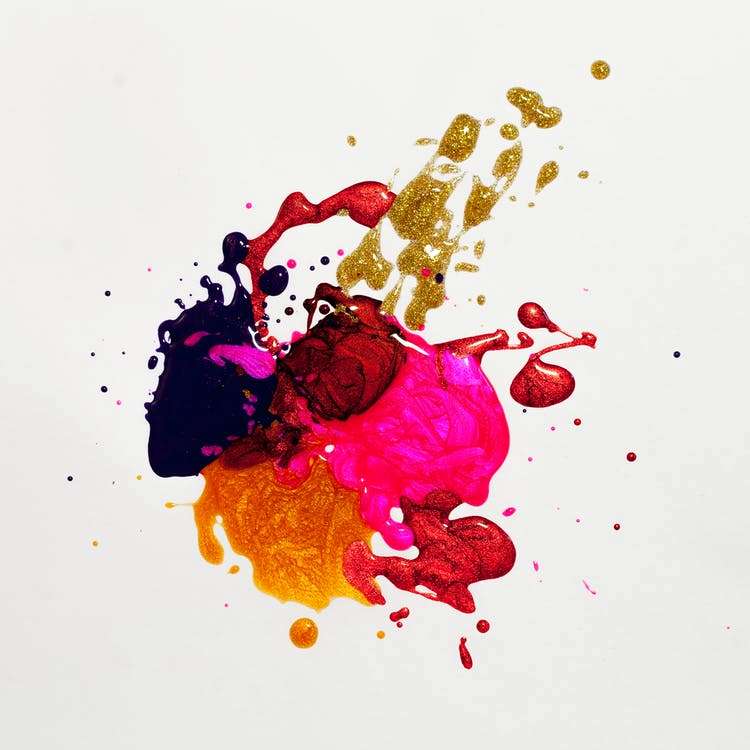The environmental footprint we leave behind is progressively eating away at the world, and the harm we do is becoming permanent with each passing day. As different branches have hopped on the “eco-train,” art has been flourishing due to its versatility and the many possibilities at hand. With eco-friendly materials being available almost everywhere, even in your backyard, making art has never been easier. That is why we summed up some top ideas you might find as an inspiration for your sustainable art project.
Sculptures from plastic, wood, concrete
Several artists have been using cut-down wood, parts of concrete they found on construction sites, and plastic bottles to create mesmerizing sculptures. Pannaphan Yodmanee, a renowned artist, has been using a range of different materials to create his art, decorating it with symbolic Thai designs and traditional patterns. Utilizing parts of concrete from construction sites thrown away, minerals, rocks, and other objects lying around, his art presents a perfect blend of the modern and traditional, as the materials are essentially a waste product of modern living. Similar ideas can be implemented, and you can create amazing sculptures from used plastic bottles, as they are some of the most wasteful products damaging the environment. There are even several projects promoting the use of plastic bottles as construction material for huts in parts of Africa, and many companies have been using recycled bits for their sneakers, t-shirts, and bags. You can also go for accessories and jewelry with glass bottles by breaking them into smaller pieces and using the profits generated for a noble cause. The possibilities with plastic and even glass bottles are endless. Wood has been especially appreciated as a material; however, the twist here is to use cut-down wood or pieces of wood not usually used to make something lasting. Chairs, tables, kitchen dining tables, and coffee tables for the bedroom are just some ideas. By varnishing it, you can preserve it for long periods without worrying about rot.
Paper bags, and packaging from eco-friendly materials
In a consumer society like ours, the number of plastic bags thrown away every year amounts to a staggering 100 billion, and it just keeps on growing. Furthermore, bags are some of the most disposable items, as most are not aware of how much they throw away and at what rate.
Therefore, a sustainable project might be looking for packing bags made from eco-friendly materials. This can greatly contribute to reducing the costs of packing for many companies, it can reverse the environmental footprint we leave behind, and it can help new companies create a brand image around the idea of being eco-conscious. Some companies have been working on similar ideas, like the guys at www.carepac.com with amazing sustainable packaging for every possible product, from sweets to dairy. Whatever you happen to sell and offer, they’ll introduce you to their large assortment of different packaging, zip bags, and other options with, of course, the unique chance to participate in the design and final product. A similar art project would contribute to saving the environment by introducing new ideas and helping us rethink the way we package our products.

One interesting project is creating different packaging for groceries usually put in plastic bags, such as veggies and fruits. You can also try shredded plastic, as its versatility offers many unique options and can help you create some interesting bags and even purses. Purses can give you the chance to infuse several different materials, as you might use glass and plastic to decorate the outside, maybe even some metal. You can also use shredded plastic to create a unique nylon purse, thus reducing the amount of leather usually used for making such items.
Make the most of what you already have
It seems a bit grotesque, however, eggshell mosaics have become extremely popular and are quite mesmerizing, as you can use them to create outstanding canvas art. Similar to it, you can preserve and use thrown away veggies, or make use of fruit peel in a similar manner. But we recommend sticking to the shells, as they have proven to be a great material to work with. You can make use of the twigs falling off the tree in the backyard and make astonishing vases to decorate your living room and create a rustic and cozy atmosphere. Also, make use of all the jars lying around with no purpose, and make some sewing kits you can also gift later to friends and family.
These were some ideas you might want to check out and try for yourself. The materials are already there, so all you need is time.
